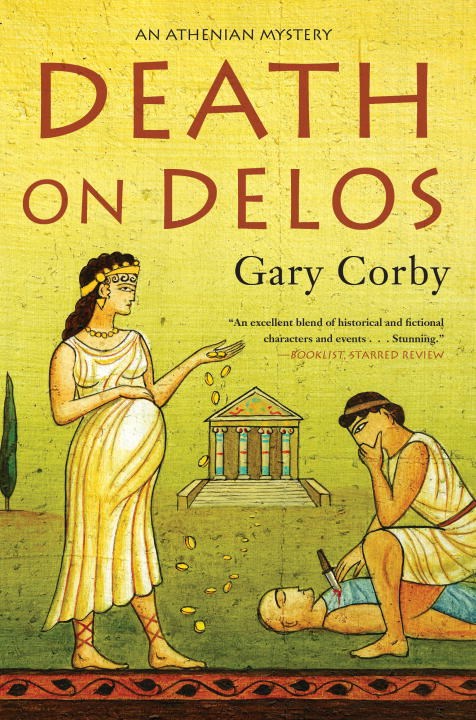The Baltic: A new history of the region and its peoples by Alan Palmer.
This history of the region covers the Viking era through the Medieval pinnacle of trade into the world war years of the twentieth century and the years of Soviet domination. Now, these countries are growing and emerging into strong democracies.
The Baltic: A History by Michael North
From the Vikings to the EU the Baltic has been a Nordic Mediterranean, a shared maritime zone with distinct patterns of trade, cultural exchange, and conflict. Covering a thousand years in a part of the globe where seas are more connective than land, Michael North’s overview transforms the way we think about one of the world’s great waterways.
A Concise History of the Baltic States by Andrejs Plakans
The book traces the countries' evolution from their ninth-century tribal beginnings to their present status as three thriving and separate nation states, focusing particularly on the region's complex twentieth-century history, which culminated in the eventual re-establishment of national sovereignty after 1991.
Foreword to the Past: A Cultural History of the Baltic People by Endre Bojtár
Introduces the reader to Baltic issues in general; recounts the history of the Baltic peoples relying on archaeological sources; provides an objective linguistic history and a description of the Baltic languages; and provides original and fresh insights into mythology in the ancient history of the Baltic peoples.
Culture and Customs of the Baltic States by Kevin O'Connor
The approach in each of the topical chapters is to generalize what is common among the three states and then to focus on each country in turn. Chapters on the land, people, and history; religion; marriage, family, gender, and education; holidays, cuisine, and leisure activities; language, folklore, and literature; media and cinema; performing arts; and art are a superb introduction to the Baltics and to the unique aspects of the countries.
Northern Shores: A History of the Baltic Seas and Its Peoples by Alan Palmer
In the days of sail Viking longships and Hanse roundships plied the waters of the Baltic, and for centuries the area formed the axis of a five-nation power struggle, as bids were made for glory both on land and at sea. Today towering ferries and container ships criss-cross routes between cities with a proud past, and travellers are entranced by legendary castles and captivating palaces. This is the fascinating story of the northern inland sea and of the peoples of its shores, from the ice age to the nuclear age.
The Baltic World 1772-1993: Europe's Northern Periphery in an Age of Change by David Kirby
Here he tackles the contrasting experiences of Europe's northern periphery -- affluence and democracy in the north, stagnation and authoritarianism in the south -- from the French Revolution to the collapse of the USSR and beyond. This is a masterly study of a region that is far from peripheral politically to the post-Soviet world.
A History of the Crusades: The fourteenth and fifteenth centuries edited by H. W. Hazard
A comprehensive, collaborative account of the political, religious, military, and social causes, events, organizers and leaders, achievements, and consequences of the Christian Crusades and concurrent enterprises, through the fourteenth and fifteenth centuries. Part of a six volume series, this edition has chapters on the crusades against the Hussites, and the German crusades in the Baltic
Crusading and Chronicle Writing on the Medieval Baltic Frontier- A Companion to the Chronicle of Henry of Livonia by Dr Carsten Selch Jensen, Dr Marek Tamm, Ms Linda Kaljundi
The Chronicle of Henry of Livonia, written by a missionary priest in the early thirteenth century to record the history of the crusades to Livonia and Estonia around 1186-1227, offers one of the most vivid examples of the early thirteenth century crusading ideology in practice. A key objective of this book, therefore, is to synthesise the current state of research for the international scholarly audience.
 A new volume of essays looks afresh at women’s lives during the 600 years of the Ottoman empire. The book challenges the stereotypes of female lives confined to the harem and hamam – and reveals how women were surprisingly visible in public spaces.
A new volume of essays looks afresh at women’s lives during the 600 years of the Ottoman empire. The book challenges the stereotypes of female lives confined to the harem and hamam – and reveals how women were surprisingly visible in public spaces.














